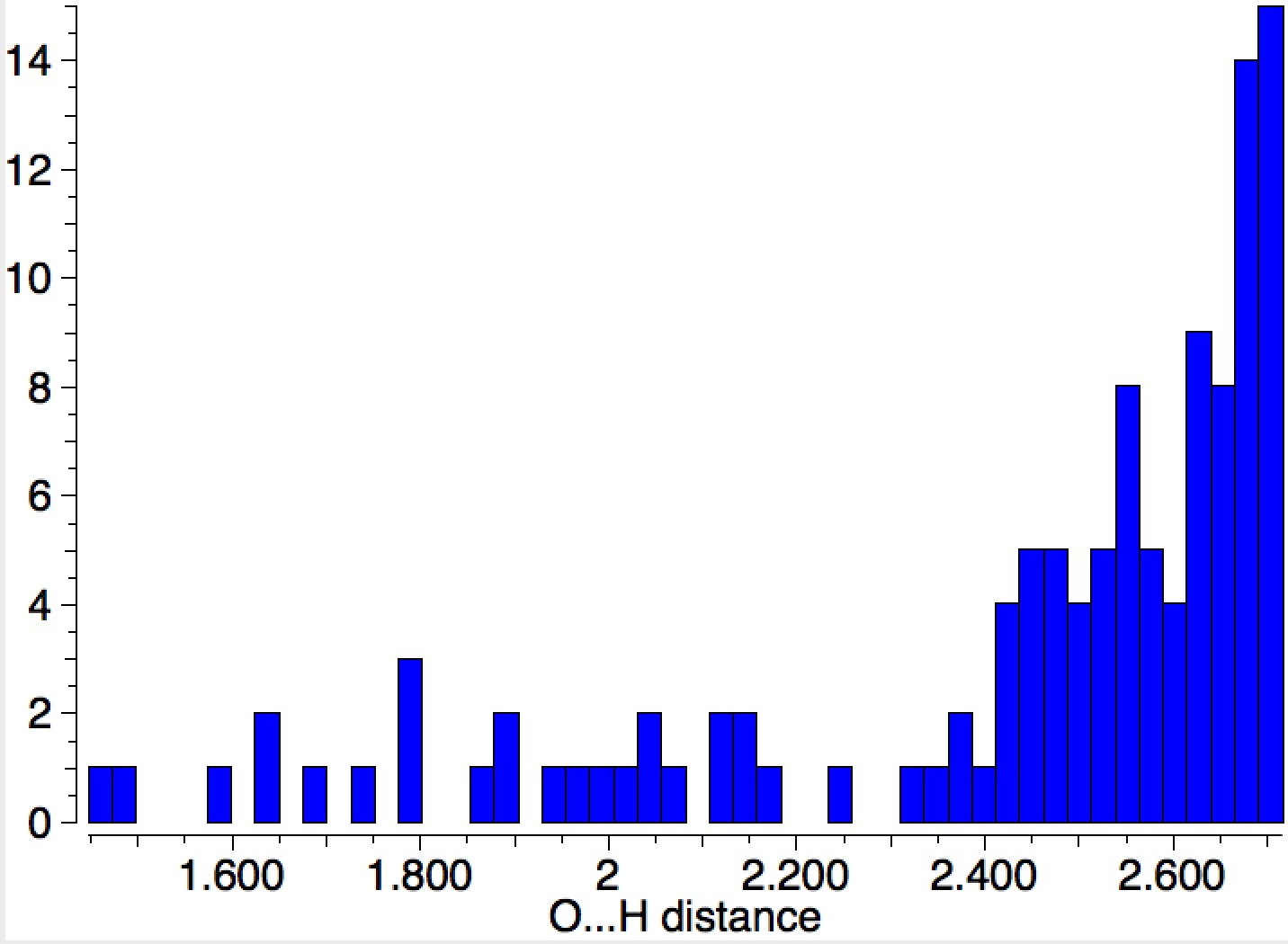
Ammonium hydroxide (NH4+…OH–) can be characterised quantum mechanically when stabilised by water bridges connecting the ion-pairs.

Ammonium hydroxide (NH4+…OH–) can be characterised quantum mechanically when stabilised by water bridges connecting the ion-pairs.
AbstractH3O+ and OH−, formed by the self‐ionization of two coordinating water molecules during the crystal growing of a host molecule [1,3,5‐tris(hydroxymethyl)2,4,6‐triethylbenzene (1)], could be effectively stabilized by hydrogen‐bonding interactions with the preorganized hydroxy groups of three molecules of 1. The binding motifs observed in the complex (1)3⋅H3O+⋅HO− show remarkable similarity to those postulated for the hydrated hydronium and hydroxide ion complexes, which play important roles in various chemical, biological, and atmospheric processes, but their molecular structures are still not fully understood and remain a subject of intensive research.
Hydroxide can form stronger like-ion pairs than hydronium in aqueous solution mostly due to its versatile coordination ability with solvents.
p H , with its well-known value of 7 at ambient condition, is a most basic property of water, with wide implications in chemistry and biology. The pH value is determined by the tendency of autoionization of water molecules into ion pairs, H+ and OH−, and is expected to vary extensively with the water condition, which determines the stability of the ion pairs. When temperature rises from the normal to the supercritical region, the pH of water experimentally exhibits complex, nonmonotonic temperature dependence, that is, it first decreases from 7 and then increases rapidly. Accurate theoretical evaluation of pH and microscopic understanding of this anomalous behavior have proven to be a challenging task because the hydration of these ions, especially for OH−, is very difficult to reproduce. In the present study a molecular simulation is performed to understand this peculiar temperature dependence. The imbalance between the ion-water and the water-water molecular interaction strengths and the concomitant water density enhancement in the hydration shell, observed in the supercritical liquids, serve to put a subtle balance to produce this temperature dependence of the pH value. It is found that the large charge transfers from H+ and OH− to the surrounding water molecules take place. In these transfers, not only water molecules in the neighboring hydration shell but also those in the outer hydration shell play a significant role. The coordination number of water molecules around OH− is found to be 4.5 at 300K, which decreases slowly with temperature, for example, 4 at 800K, in the present calculation.
# freq wb97xd/6-311++g(d,p) scrf=(cpcm,solvent=water) geom=connectivit
Related Article: Manuel Stapf, Wilhelm Seichter, Monika Mazik|2015|Chem.-Eur.J.|21|6350|doi:10.1002/chem.201406383